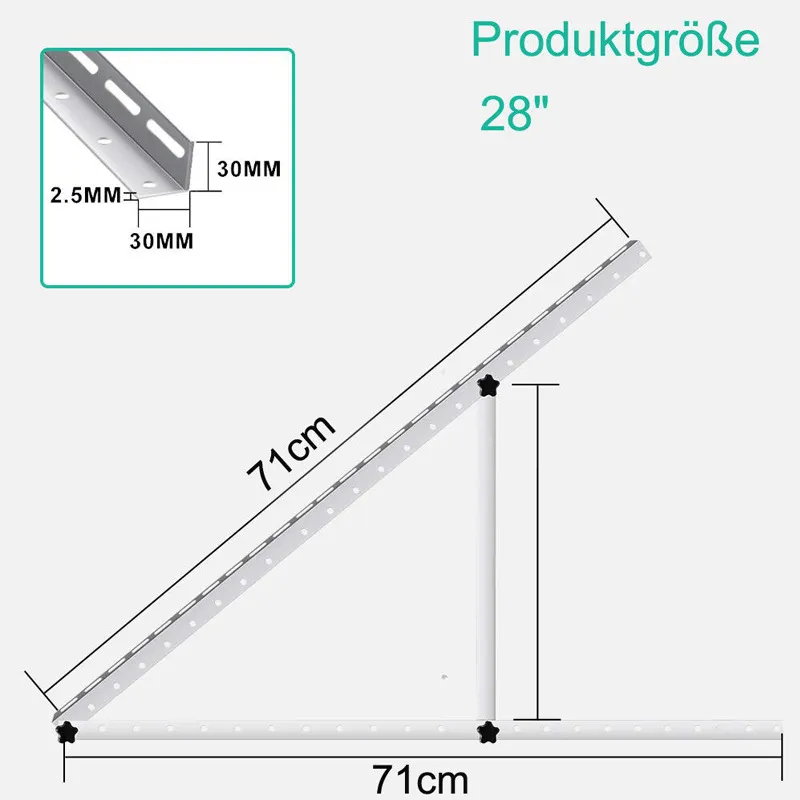

self tapping screws in metal
10月 . 20, 2024 17:02 Back to list
self tapping screws in metal
Self-Tapping Screws in Metal An Essential Guide
Self-tapping screws are a vital component in the assembly of metal structures and components. Unlike standard screws that require a pre-drilled hole, self-tapping screws are designed to create their own mating threads as they are driven into the material. This distinctive feature makes them highly effective when working with various types of metal, streamlining the installation process and enhancing the overall integrity of assemblies.
What Are Self-Tapping Screws?
Self-tapping screws are categorized into several types based on their design and intended use. The most common types include
1. Thread-Forming Screws These screws cut into the material and displace the metal to form threads. They are typically used in softer metals such as aluminum and plastic but can also be effective in thin metal sheets.
2. Thread-Cutting Screws These screws create threads by removing material. They usually have a sharp cutting point and may feature specialized threads that facilitate easier penetration into harder metals like steel.
3. Metal Self-Tapping Screws Specifically designed with robust materials and coatings that provide enhanced strength and corrosion resistance, these screws are ideal for various metal applications.
Advantages of Self-Tapping Screws
There are several advantages to using self-tapping screws in metal applications
1. Time Efficiency The ability to create their own threads means that self-tapping screws eliminate the need for drilling pilot holes, significantly reducing installation time.
2. Strength and Stability When properly installed, self-tapping screws provide solid anchorage, ensuring that the connection between metal components is secure and durable.
3. Versatility These screws are available in various lengths, diameters, and materials, making them suitable for a wide range of applications, from automotive manufacturing to HVAC installations.
4. Ease of Use Self-tapping screws can be driven using standard tools such as electric screwdrivers or drills, simplifying the assembly process.
self tapping screws in metal

How to Use Self-Tapping Screws in Metal
When using self-tapping screws, it is essential to follow best practices for installation to ensure optimal performance
1. Select the Right Screw Choose a self-tapping screw that is appropriate for the thickness and type of metal you are working with. Consult manufacturer specifications to find the best fit for your project.
2. Preparation While pre-drilling is not always necessary, consider using pilot holes for thicker or harder metals to enhance the screws' performance and reduce the risk of breakage.
3. Driving Technique Use a steady speed and apply consistent pressure while driving the screw to avoid stripping the threads. It is advisable to use a clutch setting on power drills to prevent over-tightening.
4. Alignment Ensure that the screw is aligned correctly during installation to prevent cross-threading and ensure maximal holding strength.
5. Inspect the Joint After installation, check the tightness and alignment of the screws. A well-secured joint will exhibit minimal movement and ensure durability.
Common Applications of Self-Tapping Screws in Metal
Self-tapping screws are used across numerous industries due to their adaptability. Some typical applications include
- Automotive Assemblies Used for attaching components within vehicles, such as panels, frames, and undercarriages. - Construction and Structural Work Common in the assembly of metal framing, roofing, and siding due to their superior holding power.
- Manufacturing Equipment Frequently utilized in the assembly of machinery and heavy equipment, where strength and reliability are paramount.
- HVAC Systems Ideal for securing ducts and components where fast and reliable connections are required.
Conclusion
Self-tapping screws are indispensable tools in metalworking, allowing for efficient and robust assembly of metal components. Their unique design and various applications make them an essential choice for both professionals and DIY enthusiasts. By understanding their types, advantages, and proper installation techniques, users can maximize the benefits these screws offer, ensuring strong and reliable connections in their projects. As industries continue to evolve, the role of self-tapping screws will remain crucial in shaping the future of metal construction and assembly.
Latest news
-
Premium Fasteners Manufacturer | AI-Driven Solutions
NewsAug.01,2025
-
Hot Dip Galvanized Bolts - Hebei Longze | High Strength, Corrosion Resistance
NewsAug.01,2025
-
High-Strength Hot Dip Galvanized Bolts - LongZe | Corrosion Resistance, Custom Sizes
NewsAug.01,2025
-
Best Self Tapping Screws for Drywall - Fast & Secure Installation
NewsJul.31,2025
-
High-Strength Hot Dip Galvanized Bolts-Hebei Longze|Corrosion Resistance&Customization
NewsJul.31,2025
-
Hot Dip Galvanized Bolts-Hebei Longze Metal Products|Corrosion Resistance&High Strength
NewsJul.31,2025

